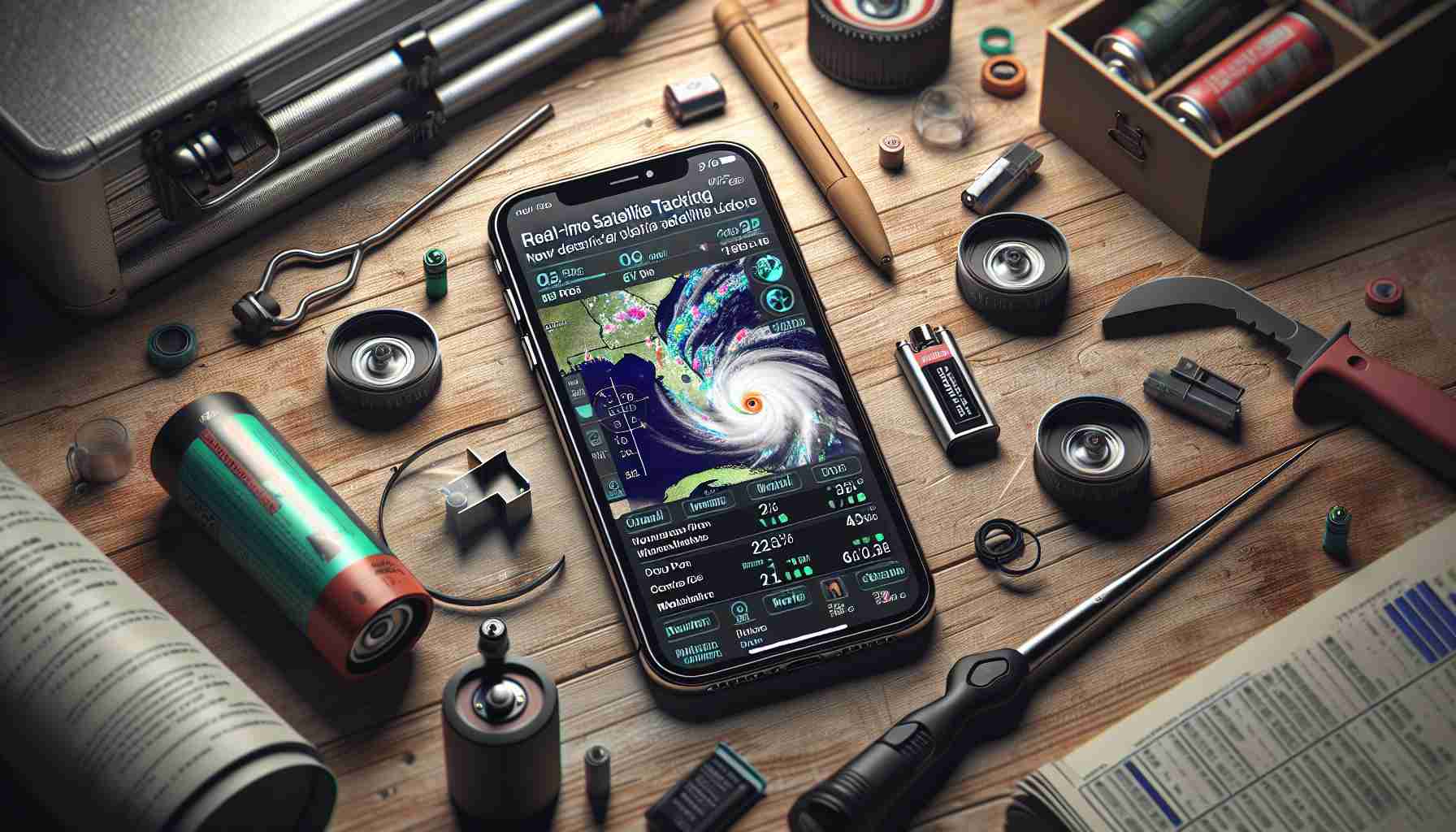
In the wake of Hurricane Helene, Apple’s innovative satellite messaging capability is making a significant difference for many users. The update, released with iOS 18, has enabled millions of iPhone owners to communicate when traditional cellular services are unavailable.
Users in Asheville, North Carolina, shared their experiences, expressing profound gratitude for the timely introduction of this feature. One individual highlighted how the lack of cell service during the storm became manageable, allowing communication through the satellite network. Many people trapped by fallen trees and downed power lines found themselves unable to leave their homes, but this technology allowed them to reach out to loved ones and emergency services.
The satellite messaging function works seamlessly from the Messages app. It requires users to be outdoors with a clear sky to connect with satellites. Once linked, individuals can use their iPhones to send vital texts, and even access emergency assistance if needed.
While users can engage in basic messaging, there are limitations; sending images or participating in group chats is not possible through this feature. Apple emphasizes that in case of emergencies, users should prioritize reaching emergency services directly using the Emergency SOS via satellite function.
This new capability highlights how modern technology can be a lifesaver during unforeseen disasters.
New Satellite Feature on iPhones Proves Essential During Hurricane
As the recent Hurricane Helene demonstrated, Apple’s new satellite messaging capability has emerged as a crucial lifeline for iPhone users cut off from traditional communication methods. Launched with iOS 18, this feature allows users to establish contact with the outside world when cellular services fail, especially in disaster-stricken areas.
How does this technology operate during a hurricane? The satellite messaging capability works by connecting users to low Earth orbit satellites. Once a user steps outside with a clear view of the sky, the iPhone can communicate directly with these satellites, sending text messages and accessing emergency assistance services. This function is particularly vital when ground-based infrastructure has been damaged, rendering standard cell service inoperable.
What key challenges do users face with this new feature? Despite its advantages, the satellite messaging feature is not without its challenges. The requirement for a direct line of sight to the sky means that users in dense urban environments or heavily wooded areas may struggle to connect. Weather conditions can also affect connectivity; heavy rain or cloud cover can impede satellite signals. Furthermore, users must ensure their devices are charged, as communication during emergencies depends heavily on battery life.
What are the advantages and disadvantages of the satellite messaging feature?
Advantages:
1. Life-Saving Connectivity: The ability to send messages and reach emergency services in situations where all other forms of communication fail is invaluable.
2. User-Friendly Integration: The feature operates directly through the existing Messages app, requiring no additional downloads or complex setup.
3. Wider Coverage: Unlike traditional cellular services that rely on towers, satellite communication can cover vast geographic areas, making it feasible in remote locations.
Disadvantages:
1. Limited Functionality: Users can only send text messages; multimedia messages and group chats are not supported in satellite mode, which can be a hindrance during critical situations.
2. Dependence on Atmospheric Conditions: Connection quality can vary significantly based on weather, which may affect reliability during severe storms.
3. Battery Consumption: While using the satellite feature, high battery consumption may pose a risk if users need to conserve energy over extended emergencies.
In conclusion, the new satellite communication feature on iPhones has proven essential for maintaining communication during disasters like Hurricane Helene. However, users should be aware of its limitations and plan accordingly.
For more information on Apple and its features, visit Apple’s official website.



